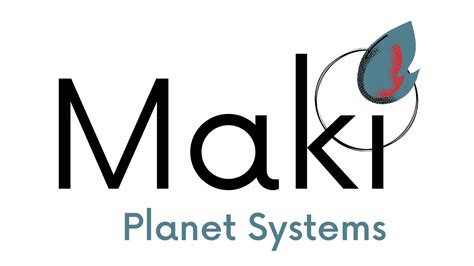The project focuses on reducing the occurrence and the size of destructive wild fires late in the dry season fires by shifting the seasonality of fires towards the early dry seasons, when fires can be controlled as a tool to create firebreaks.
Early dry season “cool” burns enable to reduce fuel loads through mosaic and rotating burning targeting 3-5year grass, and by collaborating with neighboring owners on boundary runs.
The 25-year project will be implemented by private companies controlled by the Traditional Owners of Bulimba station. Savanna fire management is an ancestral Indigenous practice which – in addition to avoiding carbon emissions - reduces destructive fire occurrences and maintains land productivity.
Aboriginal fire knowledge sharing and empowerment of traditional owners will be at the heart of the project. Situated in the low rainfall region of Queensland covered by tropical savanna, the project will also work on a biodiversity management plan.
Supported by Maki Planet Systems, the project is registered under the Australian Carbon Credit Unit Scheme (ACCU scheme) and will issue its first high-quality carbon credits in 2026.
Over the next 25 years, more than 244,000 tCO2eq emissions are expected to be avoided from being released into the atmosphere. The project will formalize an environmental and social management plan to enhance co-benefits. Additionally, the project will sustain between new jobs during the dry season.



